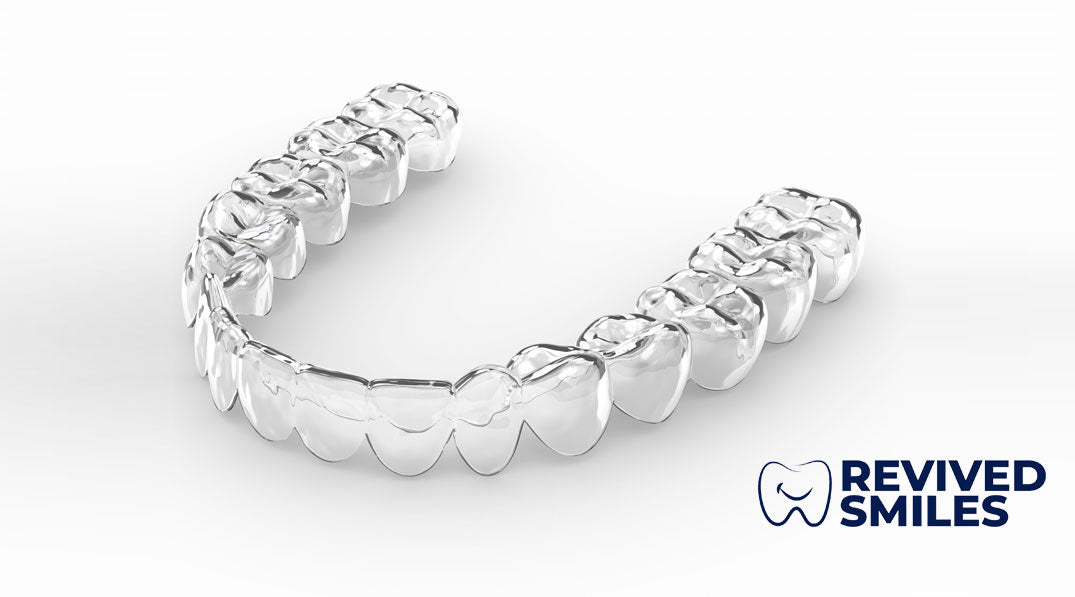The Ultimate Retainer Guide: Everything You Need to Know for a Lasting Smile

Are you curious about retainers and their role in maintaining a perfect smile? Whether you've just completed orthodontic treatment or are considering getting a retainer for the first time, understanding the ins and outs of this essential dental device is crucial. In this comprehensive guide, we'll explore everything you need to know about retainers, from their purpose and types to how to care for them effectively.
What Is a Retainer and Why Do You Need One?
A retainer is a custom-made dental device designed to keep your teeth in their new, correct position after orthodontic treatment, such as braces. Once your teeth have been straightened, they naturally tend to shift back to their original positions over time. A retainer helps prevent this by holding your teeth in place, ensuring that your beautiful, straight smile stays intact.
Retainers are typically worn every day for a specific period, as advised by your orthodontist, and then gradually reduced to nighttime wear. Even though they might seem like a minor part of your orthodontic journey, retainers are vital for maintaining the results you've worked hard to achieve.
Types of Retainers
There are several types of retainers available, each with its own set of advantages and considerations. Your orthodontist will recommend the best type for your needs based on your specific dental situation.
1. Hawley Retainers
Hawley retainers are one of the most traditional types of retainers. They consist of a metal wire that wraps around the front teeth and an acrylic plate that sits against the roof of your mouth or under your tongue.
Pros:
- Durable and long-lasting: Hawley retainers are known for their durability and can last for many years with proper care.
- Adjustable: The metal wire can be adjusted by your orthodontist if minor movements are needed.
Cons:
- Visible: The metal wire is noticeable when you speak or smile, which some people may find unappealing.
- Bulkier: The acrylic plate can feel bulky in your mouth, especially when you're getting used to it.
2. Clear Plastic Retainers (Essix Retainers)
Clear plastic retainers, also known as Essix retainers, are made from transparent plastic and fit snugly over your teeth, similar to an Invisalign aligner.
Pros:
- Nearly invisible: These retainers are made of clear plastic, making them much less noticeable than other types.
- Comfortable: Their thin, form-fitting design often feels more comfortable in the mouth.
Cons:
- Less durable: Clear plastic retainers can be more prone to cracking or warping over time.
- Not adjustable: Unlike Hawley retainers, Essix retainers cannot be adjusted by an orthodontist.
3. Fixed Retainers (Permanent Retainers)
Fixed retainers, also known as permanent retainers, are a series of thin metal wires that are bonded to the back of your front teeth. They remain in place permanently (or for several years) to prevent teeth from shifting.
Pros:
- No need to remember: Since fixed retainers are bonded to your teeth, you don't have to worry about forgetting to wear them.
- Invisible: They are placed behind the teeth, so they are not visible when you smile or talk.
Cons:
- More challenging to clean: Cleaning around the wires can be difficult, increasing the risk of plaque buildup and gum issues.
- Can cause discomfort: Some people may find the presence of a permanent retainer irritating or uncomfortable over time.
How to Care for Your Retainer
Proper care is essential for maintaining the longevity and effectiveness of your retainer. Whether you have a removable or fixed retainer, these tips will help you keep it in top condition:
1. Clean Your Retainer Regularly
For removable retainers, clean them daily using a soft toothbrush and non-abrasive toothpaste. Avoid using hot water, as it can warp the plastic. You can also use specialized retainer cleaning solutions or a mixture of water and mild soap. For fixed retainers, brush and floss around the wires carefully to remove food particles and plaque.
2. Store Your Retainer Properly
When not in use, always store your removable retainer in its protective case to prevent damage or loss. Avoid wrapping it in tissues or napkins, as it can easily be thrown away by mistake.
3. Avoid Eating or Drinking with Your Retainer In
For removable retainers, take them out before eating or drinking anything other than water. This helps prevent staining and minimizes the risk of food particles getting trapped.
4. Handle with Care
Retainers are delicate devices, especially clear plastic ones. Avoid bending or putting unnecessary pressure on them, as this can cause cracks or warping.
5. Regular Check-ups with Your Orthodontist
Even after your braces are removed, it's important to keep up with regular orthodontic check-ups to ensure your retainer is working effectively. Your orthodontist can make any necessary adjustments or provide a replacement if needed.
How Long Do You Need to Wear a Retainer?
The length of time you'll need to wear a retainer varies based on your individual treatment plan. Initially, you may need to wear your retainer full-time (except when eating or brushing your teeth) for several months. Over time, your orthodontist may advise you to switch to wearing it only at night.
In some cases, particularly for those with fixed retainers, you may need to wear your retainer indefinitely. The key is to follow your orthodontist's instructions closely to maintain your results.
Common Questions About Retainers
1. What if I forget to wear my retainer for a few days?
If you forget to wear your retainer for a few days, your teeth may begin to shift back to their original positions. It’s essential to wear it again as soon as possible and consult your orthodontist if it feels tight or uncomfortable.
2. Can I get a replacement retainer if mine is lost or damaged?
Yes, if your retainer is lost or damaged, contact your orthodontist immediately to get a replacement. Delaying a replacement can lead to tooth movement, so it’s important to act quickly.
3. Is it normal for a retainer to feel tight?
It’s normal for a retainer to feel slightly tight, especially if you haven’t worn it for a while. This is because your teeth may have shifted slightly, and the retainer is working to move them back into place. However, if the tightness is painful or persists, contact your orthodontist.
Conclusion: The Importance of Retainers in Maintaining Your Smile
Retainers play a crucial role in preserving the results of your orthodontic treatment. Whether you choose a Hawley retainer, clear plastic retainer, or fixed retainer, understanding how to care for and maintain your retainer is essential for ensuring a lifetime of beautiful, straight teeth.
By following the care tips and advice outlined in this guide, you can keep your retainer in excellent condition and enjoy the benefits of a perfect smile for years to come.





Leave a comment